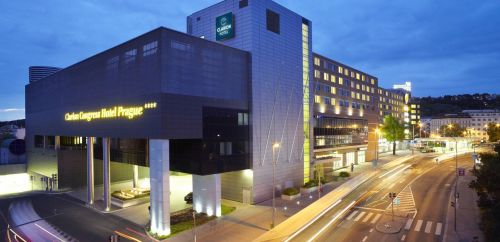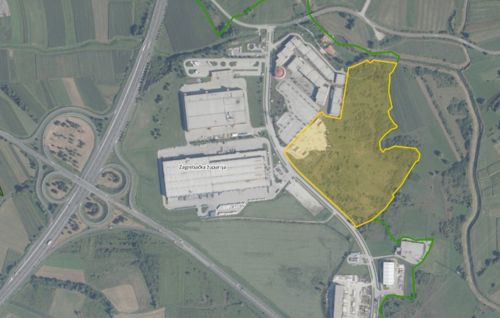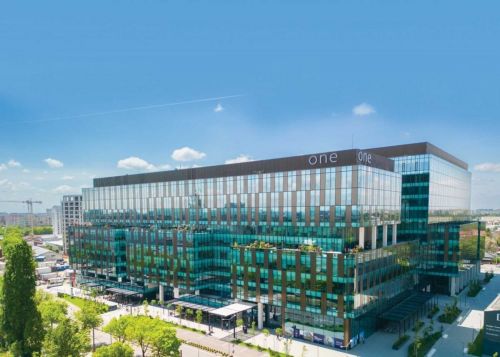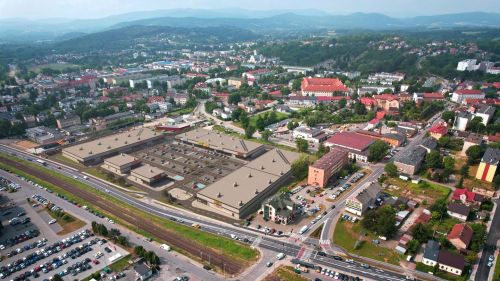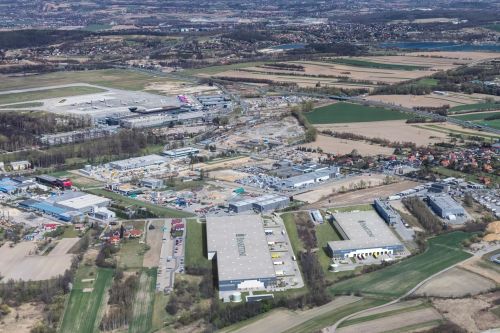Enlightened 21st century man
Workplace solutions
Tomasz Cudowski, ‘Eurobuild Central & Eastern Europe’: When did individualising office space for employees become popular?
Bogdan Rogala, Philips CEE Lighting: Quite recently. As little as 2–3 years ago office buildings – even the most modern ones – were standardised and did not differ much from each other. The tenant came and chose space that had already been designed and could only change the location of the desks. Nowadays, so-called branded offices are playing an increasingly important part. They have their identity and specificity and perfectly match the tenants’ needs and the character of their operations.
Where are these changes coming from? Is it all down to younger generations entering the market?
Definitely. The individualisation of space has largely been forced by the job market and the habits of the new generation of employees who are just entering the market. Wanting to acquire the best staff, employers have to offer not only a flexible approach to the work time but also a friendly atmosphere and comfortable office conditions. Even during the recruitment process candidates are asking to see their potential workstations and making their decisions based on the atmosphere in the office. Thus it should come as no surprise that the organisation and interior design is now having a significant impact on the perception of a company and how it fosters loyalty.
But high quality interior design usually requires higher costs...
This is a cost that quickly pays for itself. Not only does the efficiency of the employees improve in an office with comfortable working conditions, but they are also less likely to look for other jobs at the same time. The work in modern offices has become more team-based, so the right conditions need to be created: open space should be accompanied by focus rooms – separate areas where you can concentrate or have a phone conversation in peace. Nowadays work has more than one mode, so rooms for group as well as individual work should be provided as well as for formal meetings and chilling out.
What is the most important factor when designing modern office space?
First of all, the tenant you are designing the office for. A law firm has different needs than an accounting services centre, while an IT company has different requirements too. Familiarity with the company’s employees, their age and preferences is also important.
Preferences I can understand, but what does their age have to do with any of that?
For example, older employees usually need stronger light intensity and they adapt less well to open space or hot desk systems. You should also be aware of the employees’ needs, which might mean a changing room for cyclists or gym facilities, as well as their work mode – does this require concentration, do they often have creative brainstorming sessions, or design projects in teams, meetings or conferences? Is the office open 24 hours a day? etc. The rooms should match the mode of work; there should be knowledge exchange places, rooms for individual work, relaxation areas and areas for encouraging creativity, and so on.
Is this what the ‘human-centric approach’ is based on? What does this approach involve?
A well-designed office constitutes a significant added value for its users – the human being and their needs are at the centre of the designer’s attention. This is of particular significance for generation Y, which has been having a greater bearing on the modern, technological world we live in. These highly qualified people can be amazingly creative as long as the employer provides them with the right conditions. The blurring of the boundary between the home and the office is not some kind of whimsical lifestyle choice. It is taking place across the business sector, since it improves employees’ well-being and increases efficiency.
How important is the lighting in the workplace?
Lighting has become more important since the transition from the standard to the individualised office. Developers and employers can increase their competitiveness by implementing the human-centric lighting concept, which is based on adjusting the light to individual users’ needs, including the performance of everyday tasks. The light in the office can facilitate relaxation or increase effectiveness and the ability to focus. Mirroring the rhythm of natural daylight improves the health of the workforce, reduces the number of errors and as a result increases employees’ satisfaction and productivity.
What guidelines should be followed when designing the office lighting?
As I have already mentioned, the lighting should match the time of the day, the current light intensity and employees’ biological cycles. Access to daylight is also important because you should not forget that artificial light, even in its most modern forms, will never replace the rays of the sun. It can only complement this. Light management by the user should be easy and intuitive, and controlled, for example, by mobile applications, to allow each worker to alter the intensity and colour of the light above their desk.
What should be the first step in choosing the right workplace lighting installations?
This should definitely involve defining the type of activities that will be carried out in the office, what kind of work the tenant performs and what the profile of the employees is. Next you should be clear about the types of workplaces: conference rooms, focus rooms, open space, telephone booths, chill out areas... Each has to have their individual lighting designed for the needs of the people using them.
What are the most common mistakes in terms of office lighting? And what are the consequences of such mistakes?
Many offices still use one type of lighting for the entire premises, regardless of the form of employee activity. It is important to consult not only with the company’s management but also with its employees about the type of lighting needed, since it is they who will be affected most by the consequences of bad decisions by the designer or architect. Making a decision based on just the price rather than the quality of light is also common – leading, for instance, to the UGR glare index being ignored, but this is very important when it comes to LED lighting. You should pay close attention to this, because excessive glare levels could cause vision problems, including eye damage.
Can the results of bad decisions by architects or investors be reversed?
Some of them certainly can. It is clear that lighting systems are better in newer buildings, where everything can be designed from scratch. In many existing buildings, however, particularly the older ones, the light management is more difficult and usually provides poorer access to natural light. In such cases you should consult an expert who will tell you what needs to be done.







































